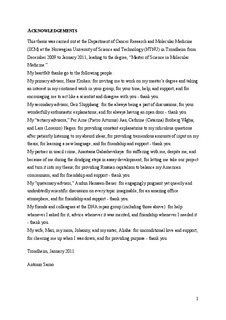| dc.description.abstract | Uracil, a nitrogen base usually found in RNA, may be found in small quantities in genomic DNA. Genomic uracil may arise as a result of deamination of cytosine or misincorporation of deoxyuridine monophosphate (dUMP) instead of deoxythymidine monophosphate (dTMP) by replicative polymerases. Uracil is normally detected as a lesion in DNA and repaired by base excision repair. Failure to do so may lead to genetic mutations. Conversely, the presence of uracil in the genome can be beneficial: it is an important step in the adaptive immunity processes of class switch recombination and somatic hypermutation. In this sense, a lack of genomic uracil results in immunodeficiency. Its importance in these pathways merits genomic uracil as an interesting research topic, and several attempts have been made to quantitate uracil levels in DNA; however, there are discrepancies in the reported basal genomic uracil levels as well as some inherent problems in the methods employed to determine them.
In this thesis, an assay is introduced to measure genomic uracil levels. The assay involves pretreatment with alkaline phosphatase to minimize intracellular dUMP contamination, followed by DNA hydrolysis to deoxynucleotides by treatment with DNase I, snake venom diesterase, and alkaline phosphatase. Deoxyuridine is then separated from dC in a precursory HPLC step prior to the final separation and quantitation by a second HPLC coupled to an electrospray ionization-based triple quadrupole mass spectrometer in multiple reaction monitoring mode. The limits of detection and quantitation for this assay are comparable to the most sensitive assay in the literature: 2 and 5 fmol, respectively. Furthermore, deoxyuridine detection is linear across three orders of magnitude. The drawbacks found in similar methods, namely the use of uracil N-glycosylase to excise uracil from DNA or a 95 °C DNA denaturation step, are circumvented. Thus it is concluded that the assay presented is the most accurate absolute quantitation of genomic uracil. | nb_NO |
